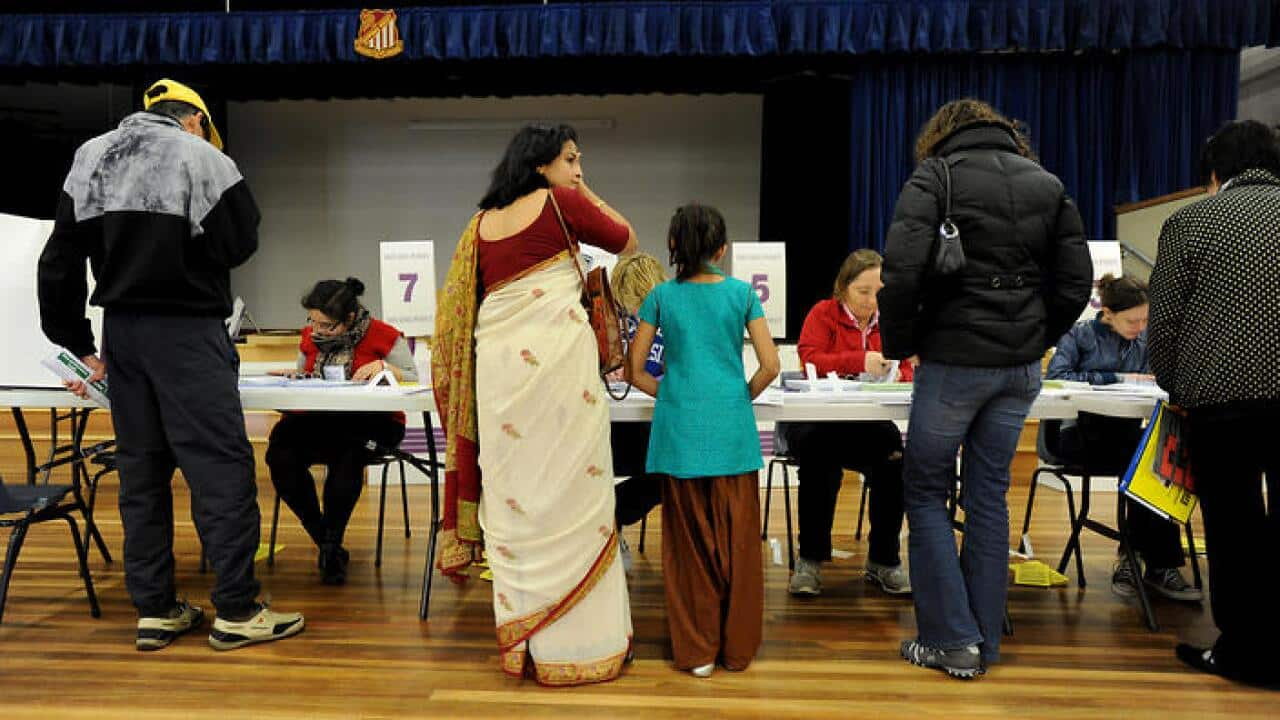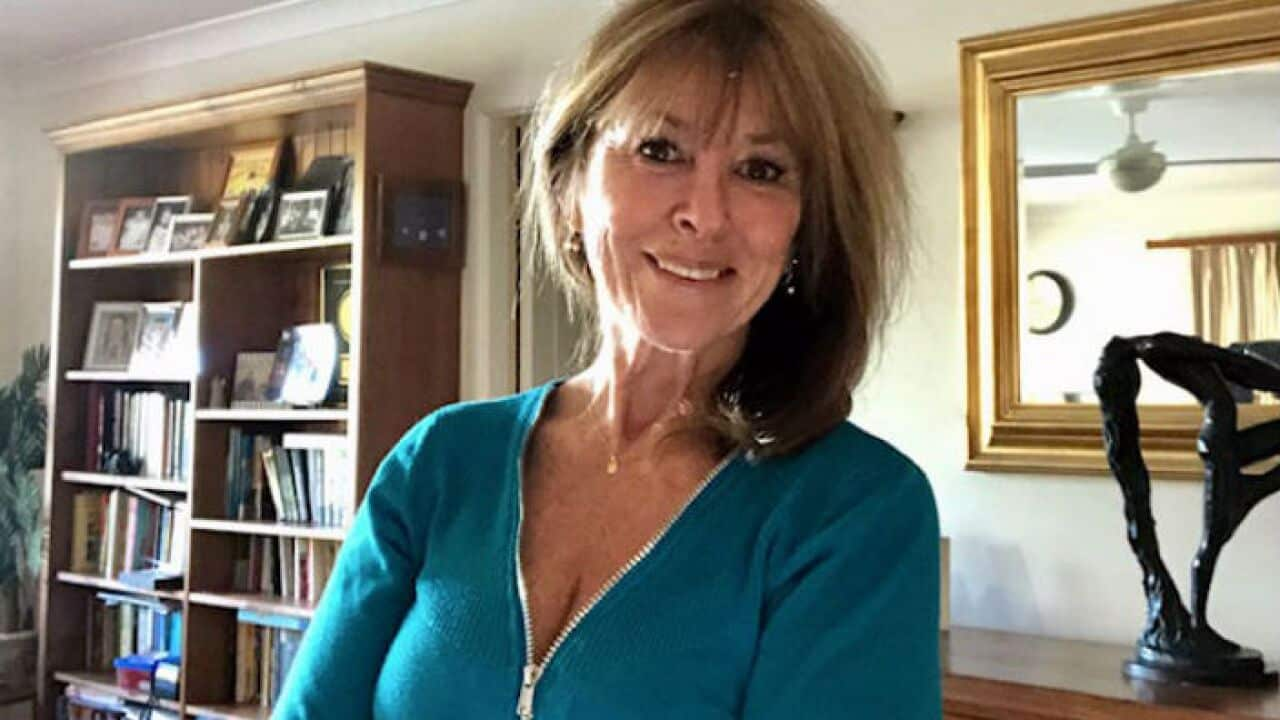On my way back from work, I elected to indulge in a playlist of ‘Punjabi songs' on the music app on my phone.
I kept hopping from one song to another, unable to find a single song to match my mood and liking. Most of them sounded more like a vicarious brag rather than a melody. They spoke of a version of being ‘Punjabi’ which I failed to identify with – a world of envy, disdain, and outright violence.
Popular culture is the hallmark of all generations. It embodies the prevailing sensibilities of any generation.
My incapability to affiliate with the modern day popular Punjabi music culture is a clear indication that I belong to a previous generation of Punjabis.
It is quite natural for popular cultures to evolve (and they should). Societal norms evolve with time, technology advances over the years, communities migrate and blend in an ever-shrinking world adopting new sensibilities. It will be unfair of me, therefore, to criticise this transition of Punjabi popular culture to what it is today.
However, it left me wondering if this transition was an evolution or have we gone backwards in defining our identity as Punjabis.
So what does it mean to be a “Punjabi” – I ponder.
In a world where the spectrum of affiliation has shrunk to ‘religion’ and ‘politics’, I feel it is important to revisit this concept of identity and redefine its composition.
Punjabi is a way of life. Its an energy that we (who have grown up in Punjab) possess and exude to express ourselves.
It is a secular concept of harmoniously co-dwelling in a diverse community. Not as far-fetched and utopian as the modern world may want you to believe.
I grew up in a Punjab that looked and felt like the folk-lore that is often enacted on stages these days to etch a portrait of Punjab – vibrant, enterprising, joyous, brave, and extremely resilient. I carry inside me the brotherhood and camaraderie that used to be the hallmark of a thriving Punjab.
I am a migrant now. I reside in adopted lands, fumbling inside me to find a sense of belonging.
The only unwavering identity that is etched inside me (which I never question) is that despite of where I live, I continue to be a “Punjabi”. A boy who grew up in a modest village named Pakharpura, near the holy city of Amritsar. An identity that I am proud to carry with me.
We were one of the few Hindu families in the village. The back wall of our home was shared with the village gurudwara.
Our mornings started around 4.30am each day with my grandmother helping out the granthi in sweeping the street in front of the gurudwara. With the Gurbani and kirtan reverberating from gurudwara speakers an entire village would start getting ready for their day. My mum would move in and out of rooms, conducting chores and reciting the paath in sync with the granthi’s recital on the speakers.
The air would smell of burnt ‘straw’ and coal- fired chullahs as households got ready for breakfast. The village streets (pehas) would chime of cow bells in the mornings as the farmers took to their lands. There were no school buses. Instead, horse pulled taangas pulled up into the street to fetch the kids for school.
Afternoons were slow paced, moving across yards full of shady trees. Home raised cattle would fend for our domestic dairy needs and my granny would often spend her afternoons arranging cow dung cakes in neat lines, which when dried would be used to fuel up the kitchen.
Every now and then, whenever there would be a wedding in the village, the quiet noons would be traded away for a loud serve of Punjabi folk-songs being shouted from slender loudspeakers tied to the edges of manjis (home-woven jute cots). If someone passed away, it would be announced to the village as well by an army of wailing ladies who would converge on the home of the deceased to enact a theatrical display of mourning.
If someone passed away, it would be announced to the village as well by an army of wailing ladies who would converge on the home of the deceased to enact a theatrical display of mourning.

The author's house in the village, right next to the Gurudwara Source: Supplied
Evenings used to be more eventful. Kids and youngsters once back from their respective educational institutions would rush to the playground on the outskirts of the village and get involved in games of hockey.
Onlookers, heading back home from their fields would stop by along the side of the ground to witness these games and cheer on the players. The cowbell chimes would return to the streets with the retreating farmers and the evening breeze would start smelling of kitchens getting ready for supper.
My granny would help the granthi get ready for the evening prayers at the Gurudwara and the village would resonate with tranquil verses of Gurbani, yet again.
While I was growing up, Punjab went through a number of tumultuous years of violence and upheaval. We were a religious minority in an elsewise predominantly Sikh village, yet the entire village rallied around our family through all those years to ensure our safety and welfare, ensuring that no untoward incidents occurred in our village.
Punjab endured adversity, and came out of it – hurt, but not broken.
Valour, cheer, and endurance have long been the cornerstones of being “Punjabi”. As Punjabis, we are all slightly out there, but this recent popular culture of trigger-happy buffoonery (as touted through the modern day Punjabi songs and videos) is a disservice to the rich folk-lore of Punjab in my view.
I may be getting old. Hence, my reservation to affiliate with this evolving music scene in Punjab. I am not writing this piece to bring about any change. It would be foolish (and futile) of me to impose my preferences on an entire generation who is hooked into the current music scene of Punjab.
So then, why am I bothering to express an opinion?
Well, sometimes you express an opinion not to change a trend, but to chronicle a past that is likely to disappear soon.
Past, often transcends into folk-lore. And folk-lore, will outlast popular culture.
Listen to Monday to Friday at 9 pm. Follow us on and . About the author: Sanam Sharma is a human resources professional, and a regular contributor to SBS Punjabi. He is a published author, columnist, and blogger, who also regularly writes flash fiction and poetry for his blog "Small town boy".
About the author: Sanam Sharma is a human resources professional, and a regular contributor to SBS Punjabi. He is a published author, columnist, and blogger, who also regularly writes flash fiction and poetry for his blog "Small town boy".

Disclaimer: The opinions expressed in this article are the personal opinions of the author. The facts and opinions appearing in the article do not reflect the views of SBS Punjabi.
More from SBS Punjabi

Opinion: Elections in India and Australia - the saga of two parallel universes


